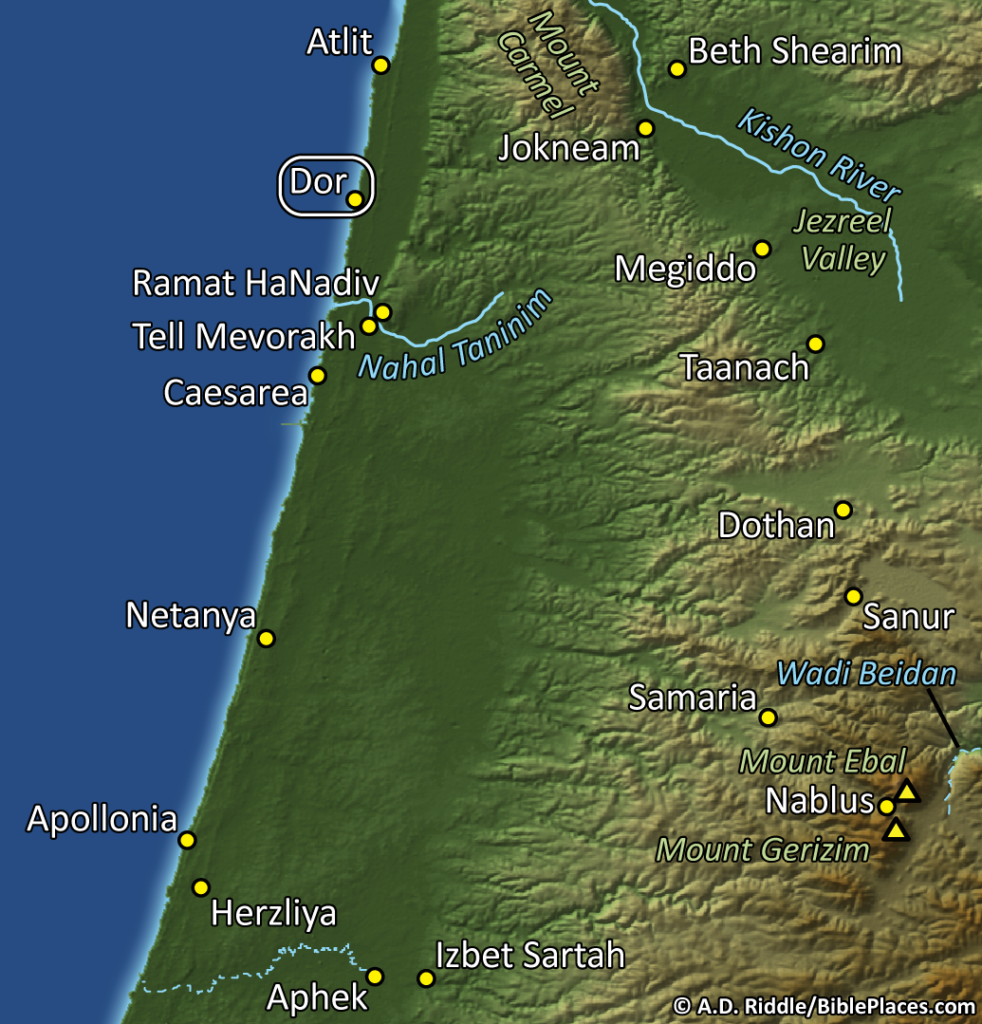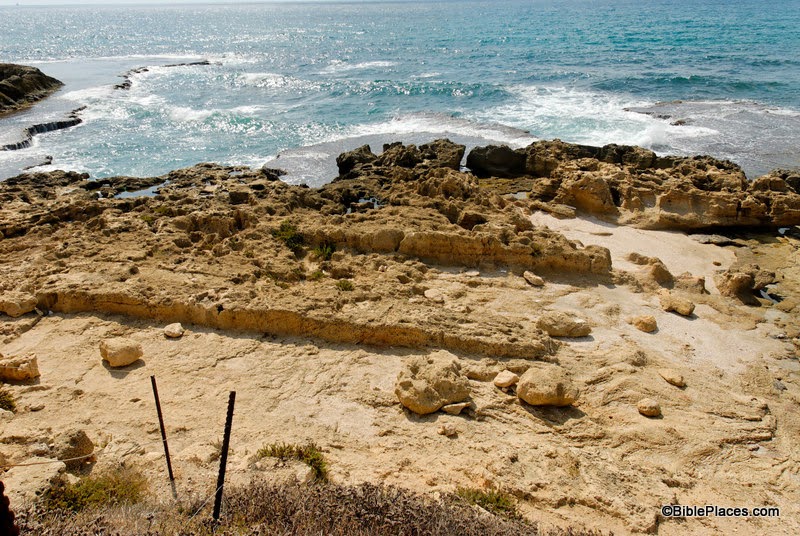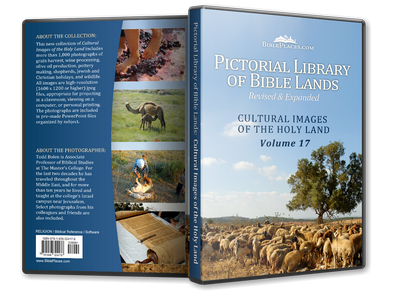Mohamed Ibrahim, Egypt’s minister of state for antiquities, requests help in the Washington Post in fighting antiquities theft in his country.
Egypt’s future lies in its history, particularly its archaeological history. For hundreds of years the mystery and wonders of the pyramids, the sphinx and the Valley of the Kings have attracted visitors from around the world. Tourism is the lifeblood of Egypt’s economy and touches the lives of most Egyptians, whether they work as tour guides, restaurant owners, craftsmen or bus operators. Egypt’s history holds the prosperity of the country’s future generations, including that of youths — more than 40 million Egyptians are age 30 or younger — who are seeking opportunities.
But thieves are raiding our archaeological sites and selling their findings to the highest bidders. They are taking advantage of Egypt’s security situation to loot our nation’s economic future and steal from our children.
Egyptians need the people and the government of the United States to support our efforts to combat the systematic and organized looting of our museums and archaeological sites. Imagine a world in which the stories of King Tut, Cleopatra, Ramesses and others were absent from the collective consciousness. And with much of our history still waiting to be discovered under the sand, the potential losses are staggering. Antiquities theft is one of the world’s top crimes — after the trafficking of weapons, narcotics and people — but it is seldom addressed.
Egyptian antiquities are flooding international markets. Recent auctions at Christie’s in London and New York included several items from Egypt. Fortunately, when contacted, Christie’s in London withdrew a number of items that had been stolen from the tomb of King Amenhotep III, discovered in 2000 in Luxor. Among the items was a steatite bust of an official dating from 1793 to 1976 B.C.
The full op-ed is here.
HT: Jack Sasson
(photo source)








